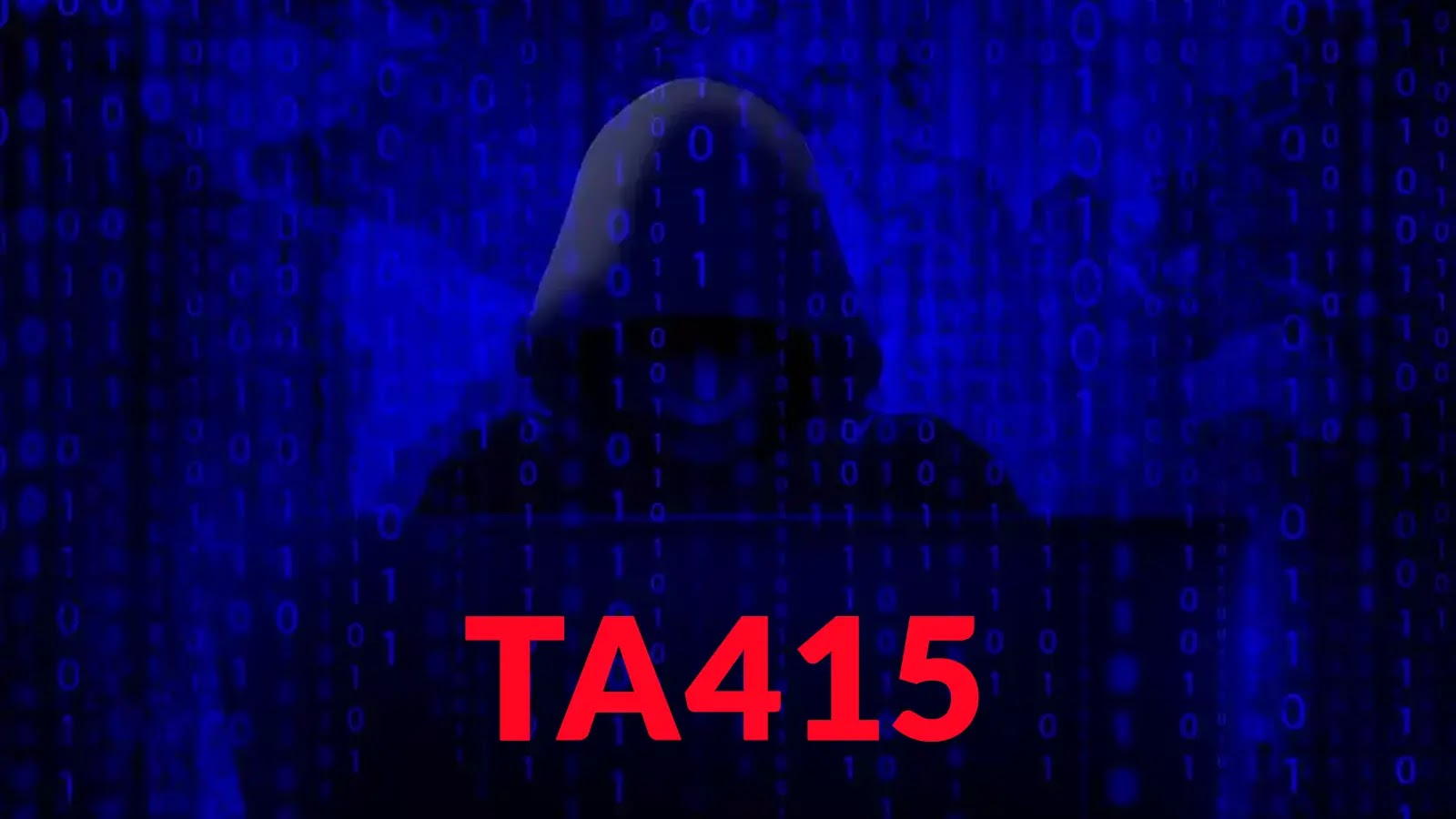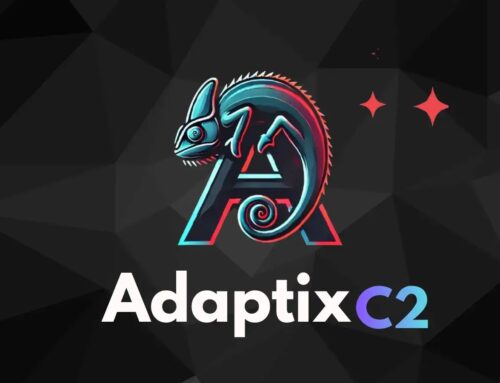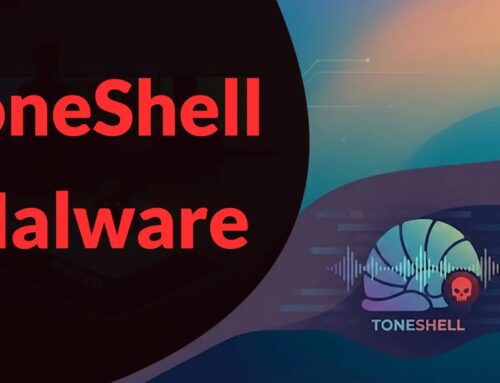
China-Aligned TA415 Hackers Uses Google Sheets and Google Calendar for C2 Communications
The digital battlefield is constantly shifting, and state-sponsored threat actors are at the forefront of this evolution, continuously refining their methods to bypass traditional defenses. One such persistent threat, the China-aligned group TA415, has recently demonstrated a concerning pivot towards leveraging ubiquitous, legitimate cloud services for their command and control (C2) infrastructure. This sophisticated tactic, involving Google Sheets and Google Calendar, represents a significant challenge for cybersecurity professionals, demanding a re-evaluation of current detection and prevention strategies.
TA415: Evolving Tactics with Legitimate Cloud Services
Known for its persistent and targeted operations, the Chinese state-sponsored threat actor TA415 (also tracked by some as APT41, Wicked Panda, or Blackfly) has historically focused on espionage and intellectual property theft. Their latest campaigns, observed throughout July and August 2025, highlight a refined approach to C2 communications. Instead of relying on easily identifiable malicious domains or custom infrastructure, TA415 is now weaponizing everyday cloud platforms – specifically Google Sheets and Google Calendar – to blend in with legitimate network traffic.
This tactic provides several advantages for the attackers. Firstly, traffic to Google services is generally trusted and often goes a step further by being permitted through firewalls and other security appliances without deep inspection. Secondly, these platforms offer native encryption, making C2 communications difficult to intercept and analyze. Lastly, the ease of access and widespread use of these services provide a vast, low-cost, and resilient infrastructure for attackers to exploit.
Spearphishing and U.S.-China Economic Lures
The initial access vector for these campaigns remains consistent with many advanced persistent threats: highly targeted spearphishing. TA415 crafted compelling lures centered around U.S.-China economic themes, designed to entice individuals within U.S. government, think tank, and academic organizations. These lures are often carefully researched and tailored to the victim’s interests or professional responsibilities, increasing the likelihood of a successful compromise.
Once a victim opens a malicious attachment or clicks a link embedded in these phishing emails, the infection chain is initiated. The objective is to establish a foothold and then leverage the legitimate cloud services for ongoing communication and data exfiltration, bypassing layers of security designed to detect more overt malicious activity.
The Mechanism of Google Sheets and Calendar C2
The sophistication lies in how TA415 operationalizes Google Sheets and Google Calendar. While the precise technical details of their implementation are often kept under wraps by security researchers to avoid providing a blueprint for other attackers, the general principles involve:
- Google Sheets for Data Exchange: Threat actors can use shared Google Sheets documents as a covert channel. Malware on a compromised host could read commands from specific cells in a shared sheet or write exfiltrated data into other cells. The seemingly innocuous activity of accessing or editing a Google Sheet would raise few red flags.
- Google Calendar for Task Scheduling and Triggers: Google Calendar could be exploited for scheduling C2 check-ins or delivering new commands. An attacker could create calendar events with specific titles or descriptions that, when parsed by the malware, trigger predefined actions on the compromised system. The regular syncing of calendars by users and applications further aids in obfuscating this activity.
This approach transforms legitimate, everyday tools into robust C2 infrastructure, making detection through traditional signature-based methods or even behavioral analysis significantly more challenging.
Remediation Actions and Enhanced Detection Strategies
Given the nuanced nature of this threat, organizations must adopt a multi-layered approach to detection and deterrence. Traditional perimeter defenses are often insufficient against such sophisticated tactics.
- Enhanced Email Security: Implement advanced email security gateways that perform deep analysis of URLs and attachments, including sandboxing and behavioral analysis, even for seemingly benign documents or links. Focus on detecting highly crafted spearphishing attempts.
- Security Awareness Training: Regularly train employees on the evolving tactics of spearphishing, emphasizing the importance of scrutinizing unexpected emails, even if they appear to come from trusted sources or address relevant topics.
- Network Traffic Analysis (NTA): Deploy NTA tools capable of monitoring encrypted traffic flows for anomalies, even to trusted services like Google. Look for unusual data volumes, connection patterns, or access frequencies to cloud services that deviate from baseline user behavior.
- Endpoint Detection and Response (EDR): Utilize EDR solutions to monitor endpoint activity for suspicious processes, unauthorized script execution, or attempts to interact with cloud services in an unusual manner. Look for processes connecting to Google APIs that wouldn’t normally do so, or sudden spikes in data upload to personal cloud storage.
- Cloud Access Security Brokers (CASB): Implement CASB solutions to gain visibility and control over cloud application usage. CASBs can monitor and log activity within sanctioned cloud applications, potentially identifying unauthorized access patterns or data exfiltration attempts.
- Data Loss Prevention (DLP): Deploy DLP solutions to prevent sensitive information from being exfiltrated, even if it’s via legitimate cloud services. This can help detect and block unauthorized data uploads to Google Sheets or other cloud storage.
- Zero Trust Architecture: Embrace a Zero Trust security model, where no user or device is inherently trusted, regardless of their location. This involves strict access controls, continuous verification, and micro-segmentation to limit the blast radius of any compromise.
- Threat Intelligence Integration: Stay abreast of the latest threat intelligence regarding TA415 and other advanced persistent threats. Integrate this intelligence into security tools for proactive detection and blocking.
Conclusion
The pivot by China-aligned TA415 to using Google Sheets and Google Calendar for C2 communications underscores a critical shift in the threat landscape. Attackers are increasingly leveraging legitimate tools and services to evade detection, blurring the lines between benign and malicious activity. Organizations, particularly those in government, academia, and critical infrastructure sectors, must recognize this evolution and adapt their cybersecurity strategies accordingly. This calls for a proactive, defense-in-depth approach that combines robust technical controls with continuous security awareness training and a strong emphasis on behavioral analytics to identify the subtle indicators of compromise that now reside within trusted cloud environments.





